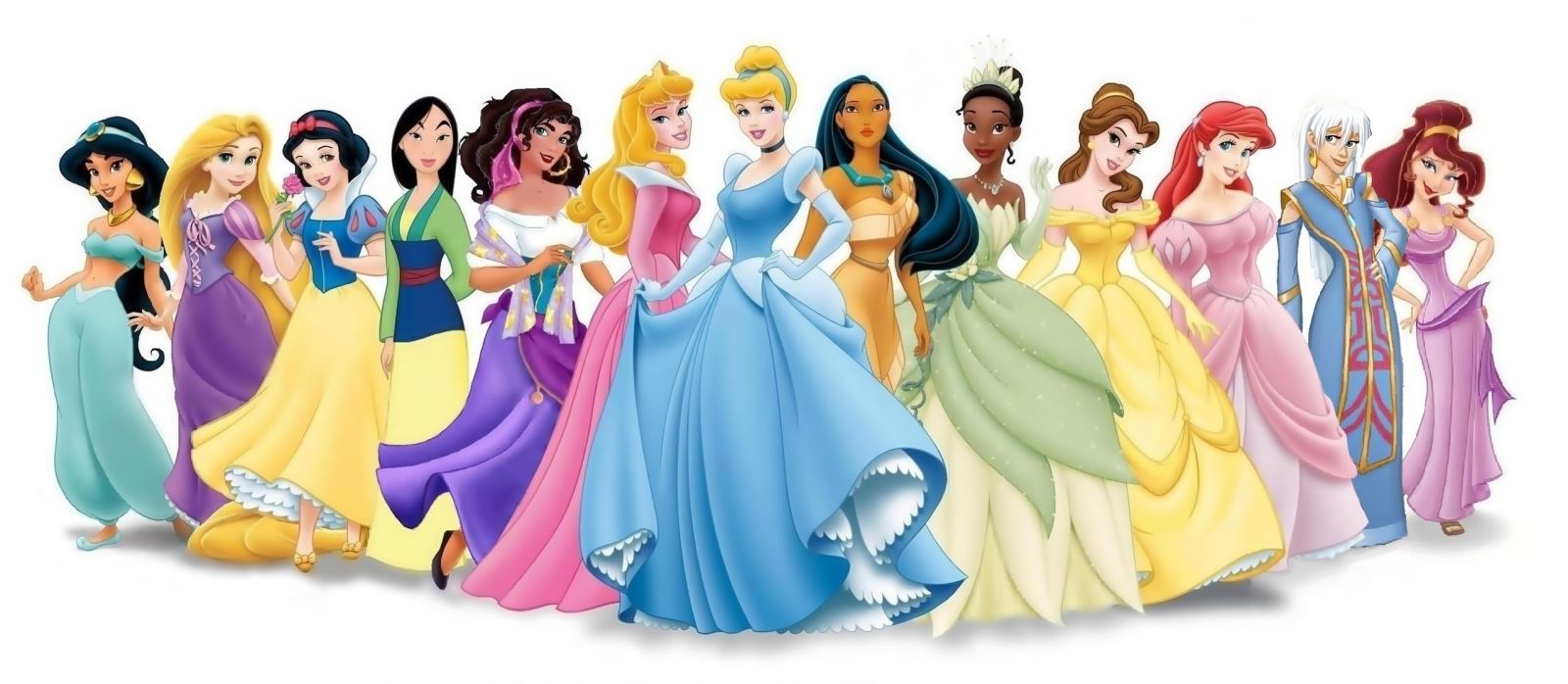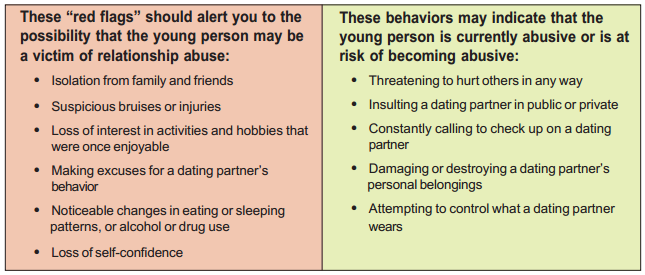Posted: 12/11/2014
Teen Dating Violence Today
Image by Dan Forbes, published in Teen Vogue
by Micah Perry, Southeastern Univsersity BSW Intern
Looking back, many teenage girls would admit to dancing in their mom’s high-heeled shoes as young girls, wearing sheets as robes, and practicing to curtsey in front of the mirror. They were princesses, and one day they were going to marry Prince Charming and live happily ever after. There were Cinderellas, who were abused and neglected, holding out for their invitation to the royal ball. Then, there were Sleeping Beauties, born into royalty, but eventually life happened, putting their dreams on hold. There were also Belles, born into a supporting family, content with having daddy as their Prince Charming, until tragedy struck, forcing them into a prison of despair. No matter what kind of princesses they might have been, they all had the hope that one day happily-ever-after would come their way. However, somewhere along this path of life, the fairy tale collides with reality and one is left picking up the pieces of shattered dreams, trying to make them still fit together.

Disney Princesses
It begins when life is everything except a ball.
The voice of the wicked stepmother, who is supposed to care for and believe in you, is continually reminding you of your worthlessness. The old fairy of Life Events who, if she can’t kill you, is doing everything she can to choke out your future. And the pesky townspeople, whom you would like to get along with and hang out with on the weekends, reject you from their clique, forcing you to the lunch table in the corner. You are insecure, trapped, and an outcast. Then, just when once-upon-a-time is about to become never-in-time, you meet someone. He’s kind, loving, strong, and he likes you! Like really likes you. He trades your rags for a new dress, picks up your fallen tiara, and shines your glass slippers. Slowly you begin to feel like a princess again- loved, appreciated, and cared for. But then, something happens and Prince Charming, who was once the most charming of all the princes, isn’t acting very charming anymore. Whispered sweet nothings become harsh insults and demands of sex, attention, and submission. The words seem to hurt deeper than the blows and bruises. No matter where you go, you can’t seem to get away. But then, do you even want to get away? Perhaps true love really can change everything and if you just stick it out…he can change, right?
Red Flags
Unfortunately, this account is all too familiar for girls and boys in a dating relationship. As research on this subject increases, it is estimated that between 10 and 39 percent of adolescents have been victimized within the past year within a dating relationship (Bonomi et. al, 2012). Teen dating violence can include physical, psychological or sexual abuse, harassment, or stalking of any person between the ages of 12 to 18 within a romantic relationship (Teen Dating Violence). You might have been a victim yourself, or maybe you’re caring for someone in your home that is. It is important to recognize the facts and symptoms of dating violence and know how to intervene when you suspect someone is a victim.
The “red flags” listed below can be indicators of relationship abuse.

(From the Choose Respect: Community Action Kit)
Long-Term Effects
When symptoms are recognized, it is important not to stop there. Beyond the emotional, mental, and physical abuse that can have lifelong effects on the victims, teen violence has an even more permanent affect: death. Every year teens are killed by their dating partners. Intervene by using your voice and by being available to your teens. Have open conversations with children in your care about what a healthy relationship looks like and demonstrate that relationship within your own dating life or marriage. If you suspect that someone is a victim, according to Matin et. al., victims want someone who will listen and empathize with them without fear of disapproval or judgment (2012). Not only do we want to prevent teens from being abused but we want to prevent them being the abuser. Many young men lack empathy towards women and instead see only the personal consequences of dating violence (i.e. they could get slapped, get arrested, or suspended). Helping boys develop empathy toward girls is also a valuable step in changing the attitudes that are behind dating abuse (Choose Respect: Community Action Kit).
Lastly, educate yourself on teen dating violence and how you can be influential in preventing this generation from being abused by the people they love.
For more information:
Publications
Resources and Training
Additional National Resources
Hotlines
References
Bonomi, A. E., Anderson, M. L., Nemeth, J., Bartle-Haring, S., Buettner, C., & Schipper, D. (2012). Dating
violence victimization across the teen years: Abuse frequency, number of abusive partners, and age at first occurrence. . BMC Public Health, 12(1), 637–646. doi:10.1186/1471-2458-12-637
Choose respect: Community action kit. (n.d.). Centers for Disease Control and Prevention. Retrieved from http://www.unajauladeoro.com/cd/manuales/choose_respect_action_kit.pdf
Martin, C., Houston, A., Mmari, K., & Decker, M. (2012). Urban teens and young adults describe drama, disrespect, dating violence and help-seeking preferences. Maternal & Child Health Journal, 16(5), 957-966. doi:10.1007/s10995-011-0819-4
Teen dating violence. (n.d.). National Institute of Justice. Retrieved from http://www.nij.gov/topics/crime/intimate-partner-violence/teen-dating-violence/Pages/welcome.aspx